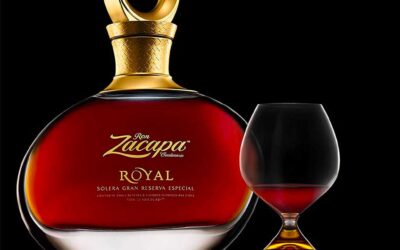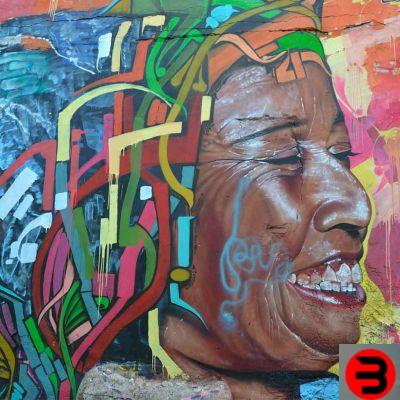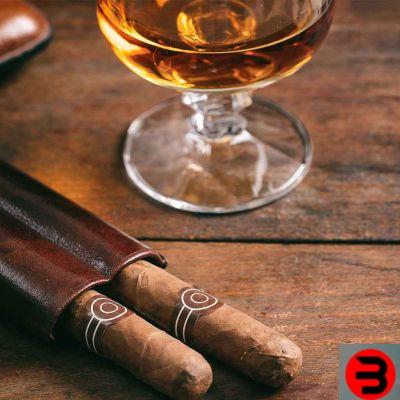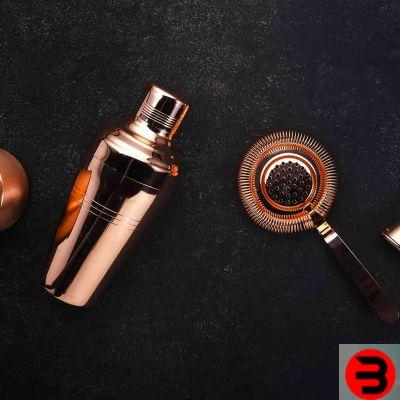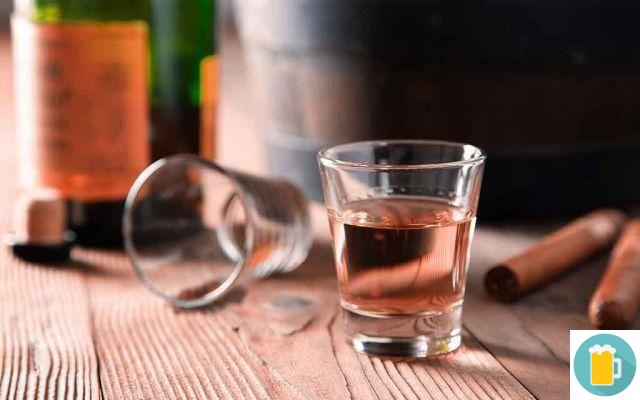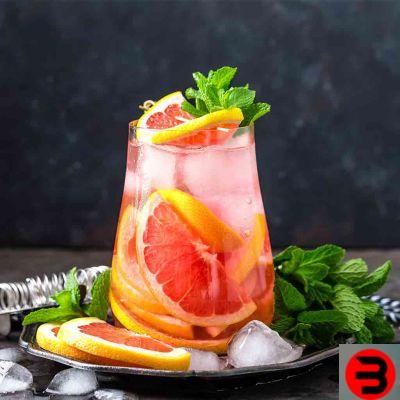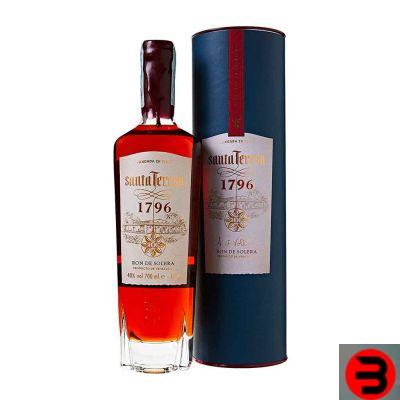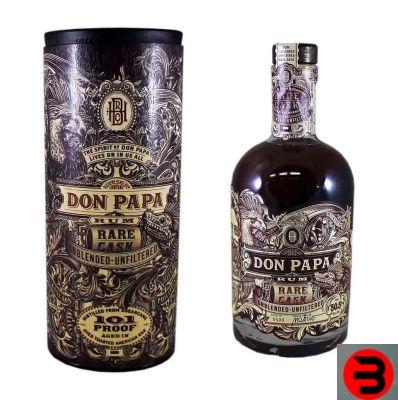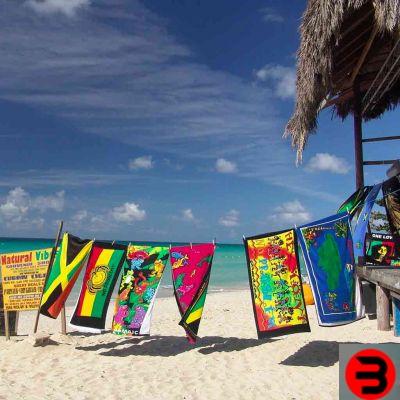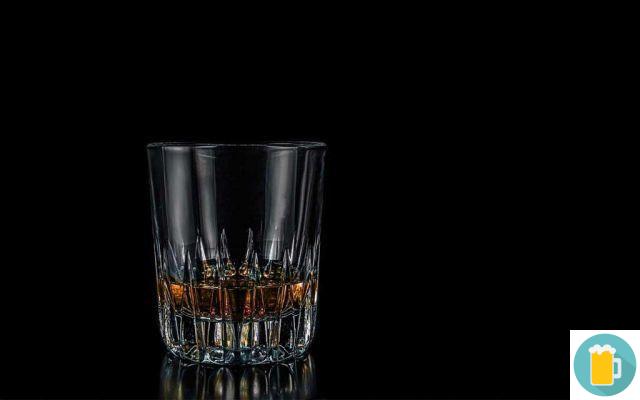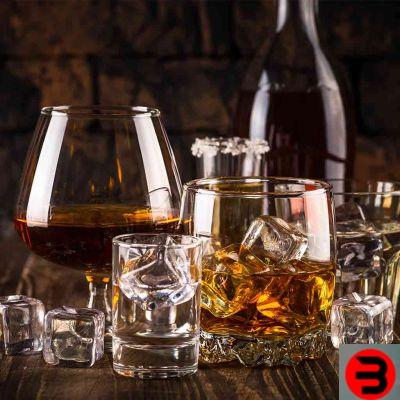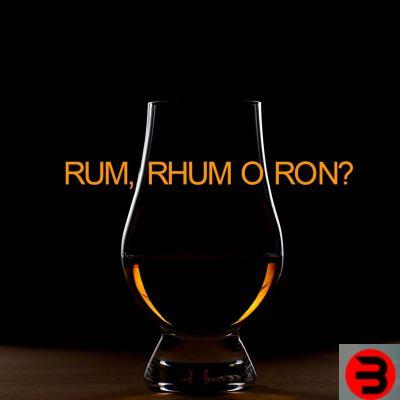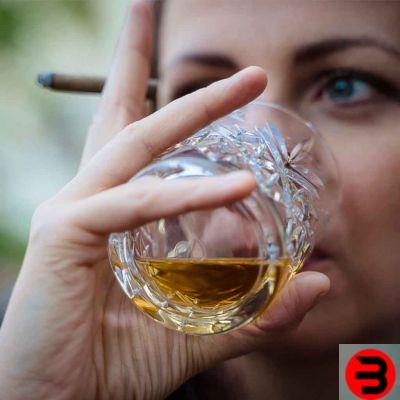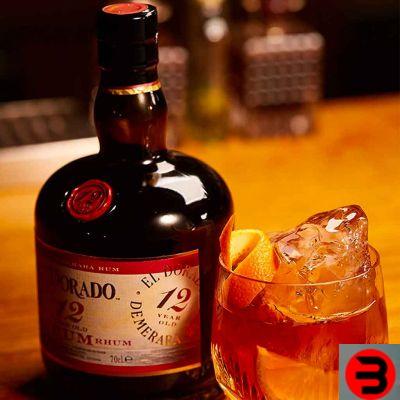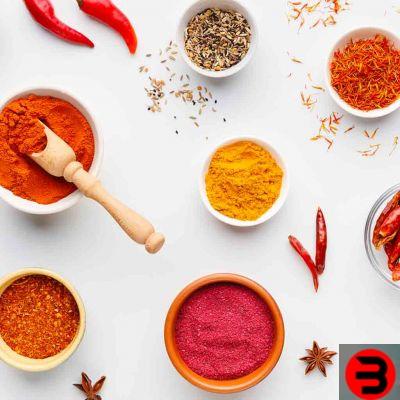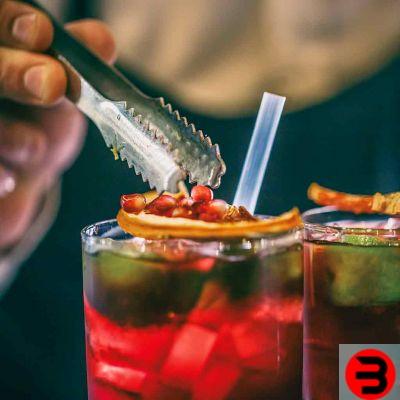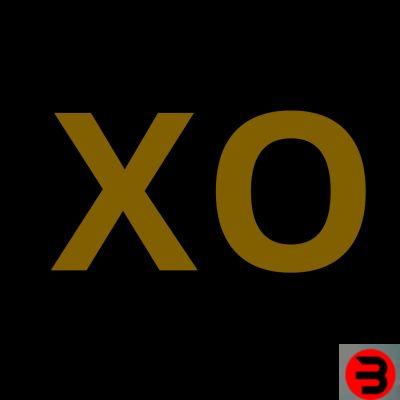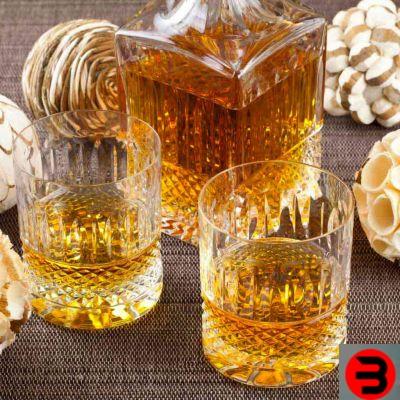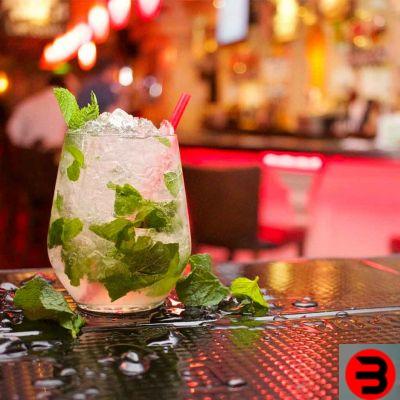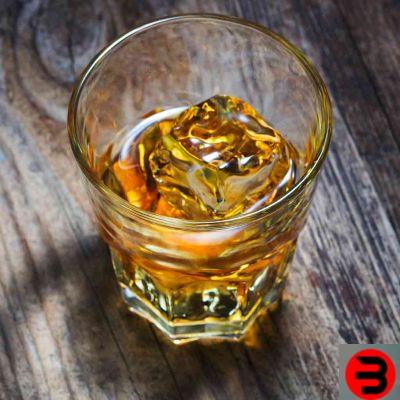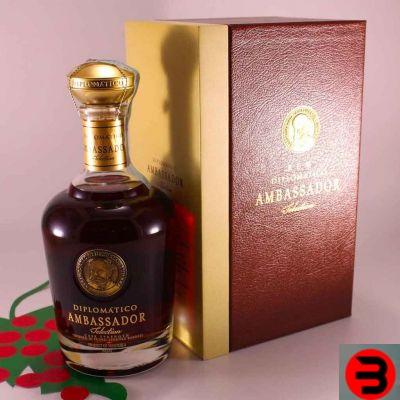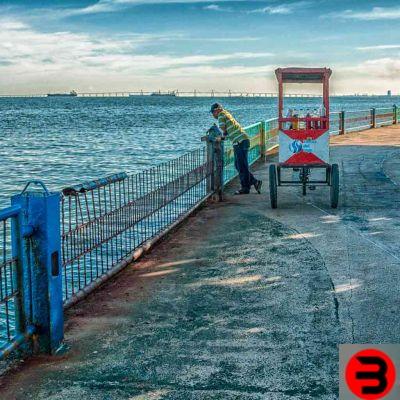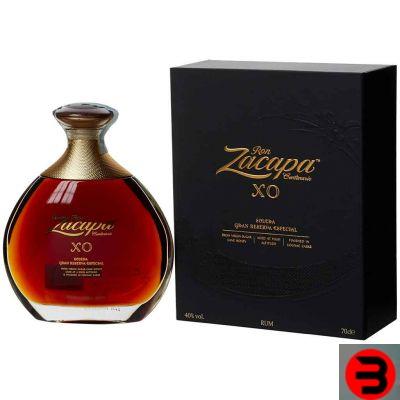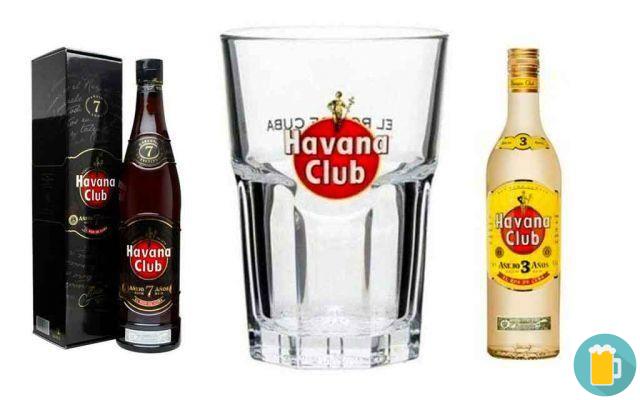
Havana Club
Havana Club is synonymous with Ron de Cuba, the nation that is considered the homeland of this magnificent distillate and what arrives in our bars can be considered the true heir of the Cuban tradition. The history of Havana Club rum is linked to the history of immigration to Cuba of young entrepreneurs from Spain.
If immigration to Santiago de Cuba came from Catalonia, to which the founders of the famous Cuban rum brands such as Bacardi e Matusalem , immigration to Cardenas came mainly from the Basque country. José Arechabala Aldama - the founder of the Rum Havana Club - in fact, he came from Gordejuela, Vizcaya and his first company founded in Cuba was named after the region of origin "La Vizcaya".
The name means “La Biscay” region of northern Spain. Initially Arechabala, like many of the rum entrepreneurs, was involved in the refining of sugar and only in 1919 in Santa Cruz del Norte began the production of rum Havana Club, just the year before the United States introduced Prohibition.
In this period Cuba became the most popular tourist destination for Americans who landed in Havana in search of gambling, prostitution and rum and Havana club met its first international notoriety. In 1934 with the end of prohibition, the Havana Club brand was officially launched and immediately exported to the United States while on May 29, 1935, it opened in the Plaza de la Cathedral in Havana, what would become one of the most famous bars in the world: the Havana Club.
The history of rum Havana Club
He rumored Havana Club it has a history that is intertwined with that of Cuba, a nation that lived turbulent years after the Spanish colonization which lasted until 1902. Until 1934 Cuba was a US protectorate then - after a coup - it became a military dictatorship with Fulgencio Battista, finally a communist regime from 1959, after the revolution led by Fidel Castro. In the post-independence phase, Cuba and the Havana Club Rum experienced a development linked above all to the proximity to the United States and the period of prohibition, which led to the discovery of the island and the distillate.
La popularity of brands like Havana Club and Bacardi it is precisely these years, in which the most influential country in the world began to consume Cuban rum and spread its knowledge throughout the world. José Arechabala Aldama, who came from Spain with knowledge related to the world of Sherry and Brady, aimed like Bacardi to create a product that would transform the perception of rum.
Above all thanks to the American market, in a few years rum went from being the raw distillate of sailors, to the ideal ingredient for elegant cocktails that were also consumed by women. Just in the years immediately following the prohibition they became famous cocktails like Mojito, Daiquiri e Zombie, which strongly contributed to the development of Cuban rum and Havana Club.
Indeed, the Cuban rum and Havana Club and Bacardi in particular represented a completely new distillate compared to the rums of the time such as the Jamaican one, characterized by a strong presence of esters and therefore difficult to consume especially in purity. Thus was born thanks to Havana Club and Bacardi the Cuban rum, as we know it today, with distinctive values such as sweetness and drinkability, a rum that will be defined by experts as "light rum".
Among the production methods introduced by Havana Club, the Solera represents the real novelty of the time, because through the mixing of several years of rum it allowed to maintain a constant flavor and a balance that was unknown to the rums of the time. It was a legacy of the Spanish Sherry culture that Arechabala and his heirs would use in the secret formula for the creation of the Havana Club.
I due Havana Club
Currently in the world there are two Havana Clubs: a Havana Club in the United States owned by Bacardi and a Havana Club for the rest of the world, owned by the Cuban state and distributed by Pernod Ricard with whom a joint venture was established. To understand this strange situation, we need to retrace the history of Havana Club from the date of Fidel Castro's revolution to the present day.
Josè Arechabala and his heir Josechu, unlike Bacardi, had invested exclusively in Cuba, improving the production plants and investing in infrastructure to serve them. The revolution caught them completely unprepared and their brand became in effect a state brand starting from December 31, 1959, when the special forces entered the Arechabala offices and under the threat of violence confiscated the company. During the holidays, many family members were abroad and most of them did not return frightened by the prospect of imprisonment.
For many months family members and employees worked without pay and many of them subsequently fled Cuba and emigrated to the United States, including the time administrator Ramon Arechabala. All Cuban rum from 1960 onwards would be handled by state inspectors headed by Cuba Export and in 1976 the Cuban state will register the Havana Club brand in seventy countries, but not in the US due to the embargo. When the joint venture with Pernod Ricard was announced in 1993, Ramon Arechabala wrote a letter to Patrick Ricard, advising him not to market Havana Club rum without the original Arechabala family recipe.
The economic agreement did not materialize due to a very small proposal and therefore Ramon turned to Bacardi, deciding to give him the rights to produce a Havana Club rum with the original recipe and to use the brand in the United States, a country in which he did not Cuban products could be introduced. After long legal battles with Pernod Ricard in the United States courts and the authorization to continue marketing it on American soil, Bacardi will decide to produce its Havana Club in the factories of Puerto Rico, making it a flagship brand of his company. However, the Havana Club ron we know in Italy is the one from Cuba and distributed by Pernod Ricard.
Havana cola
It's know as "Havana Cola”Is a classic request that you might hear in an Italian bar, often followed by an indication of the year of aging, such as“ A Havana Cola 3 ”or a“ Havana Cola 7 ”. This says a lot about the reputation of the brand in Italy, which is understood almost as a synonym for quality rum. The origins ofHavana Cola they tell us about the long historical period in which Cuba had intense commercial relations with the United States.
Many think of Havana Cola as a drink equivalent to Cuba Libre , but more generally it is served by bartenders not as a cocktail, but rather as a simple pairing of Coke, ice and Havana Club rum, at most with a slice of lemon as a garnish. Some barmen, to make this drink more fascinating, combine the two types of Havana Club rum for the mixology that is the Havana Club 3 and 7 years in the same glass. If made with the classic doses of 1/3 of Havana Club and 2/3 of Coca Cola, the Havana Cola drink will be around 13 ° of alcohol content (roughly the classic ones of a red wine). Havana Cola is fast and thirst-quenching, easy to make and made famous by the perfect combination of two of the most famous brands in the world of drinks.
Tipi at the Havana rum club
Currently the Cuba Ron SA produces seven types of Havana Club rum, ranging from the Havana Club 3 and 7 years, suitable for cocktails to the two flagship products such as, Havana Club Selección De Maestros and Havana Club Máximo characterized by long aging in toasted oak barrels and by the careful selection of Maestros Roneros, who boast decades of experience in the choice of spirits.
Other Rum recommended
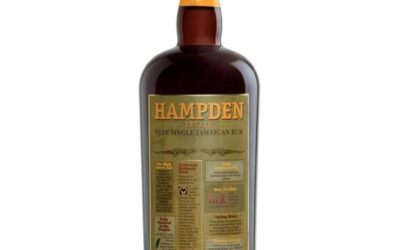
Rum Hampden
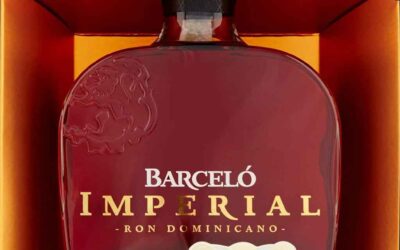
Rum Barcelo Imperial
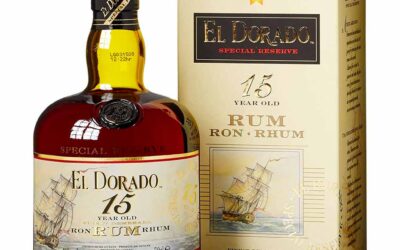
Rum El Dorado 15 years
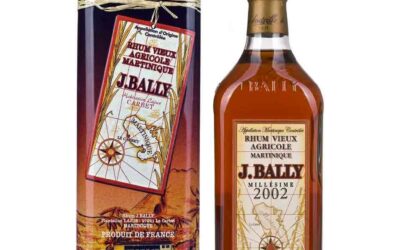
Rum Bally Millesimato
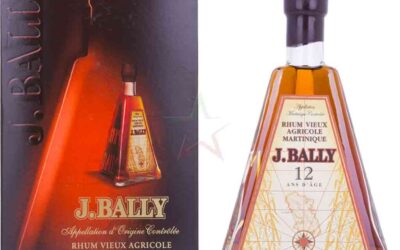
Rum Bally 12 anni
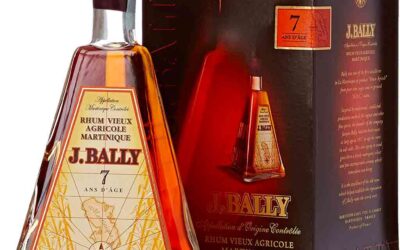
Rum Bally 7 anni
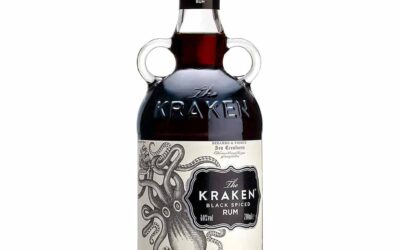
Rum Kraken
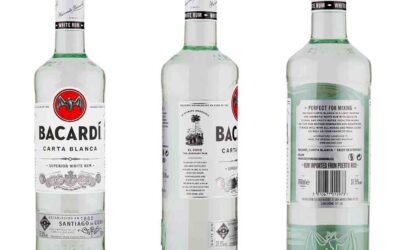
Bacardi White Paper
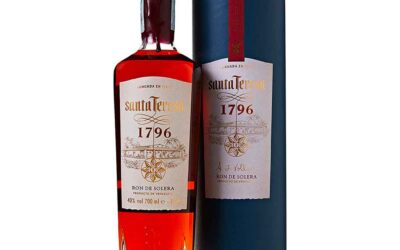
Room Santa Teresa 1796 Solera
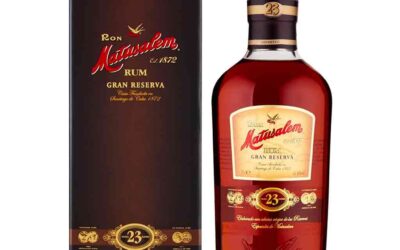
Rum Matusalem Grand Reserve 23 Years
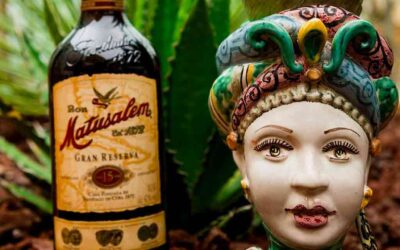
Rum Matusalem Grand Reserve 15 years
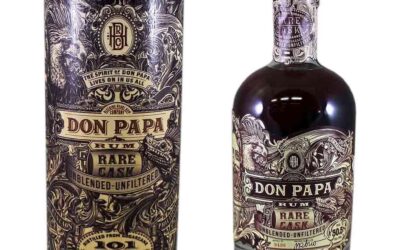
Rum Don Papa Rare Cask
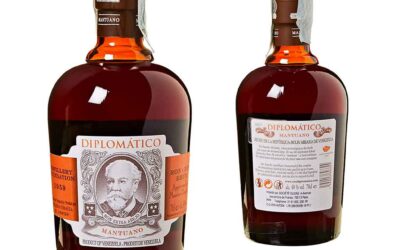
Diplomatic Rum Mantuano
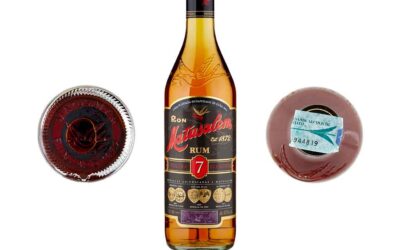
Rum Matusalem Solera 7 years
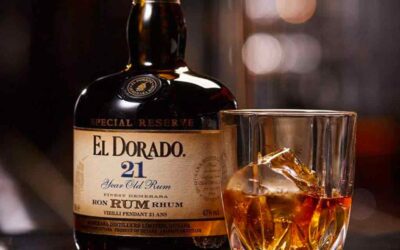
Rum Special Reserve El Dorado 21 Anni
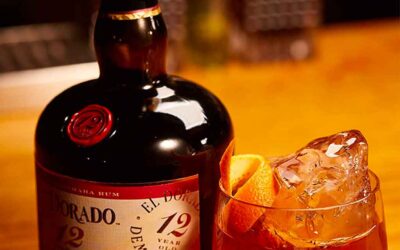
Rum El Dorado 12 years
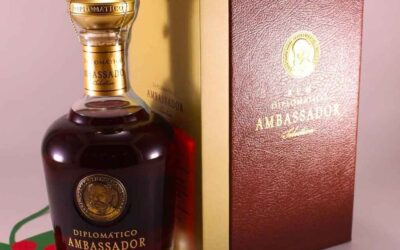
Ambassador Diplomatico Rum
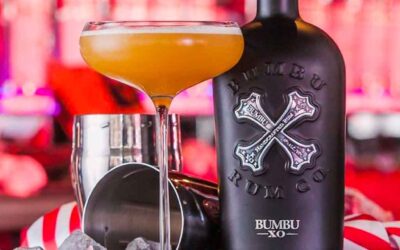
Rum Bumbu XO
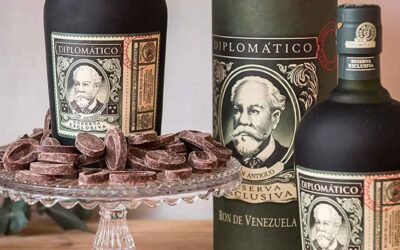
Diplomatic Rum Exclusive Reserve
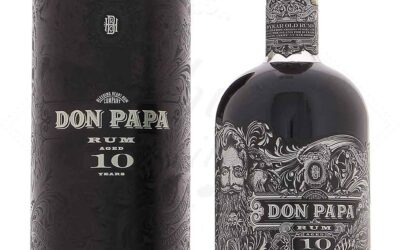
Rum Don Papa 10 years
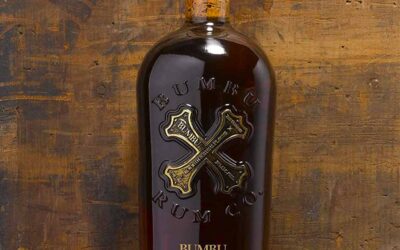
Rum Bumbu
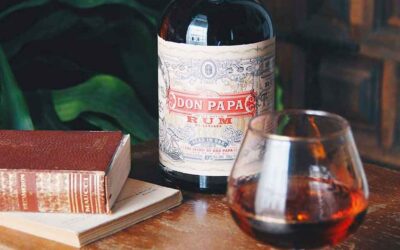
Rum Don Papa
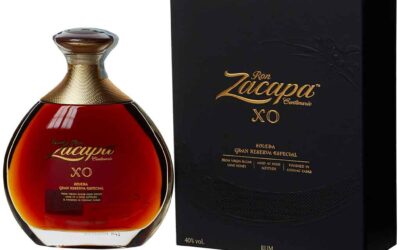
Rum Zacapa Centenario XO Solera
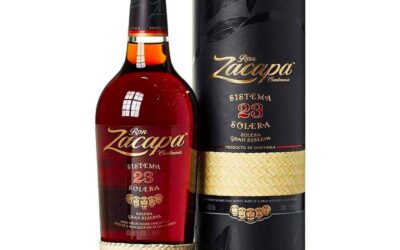
Rum Zacapa Centenario 23
